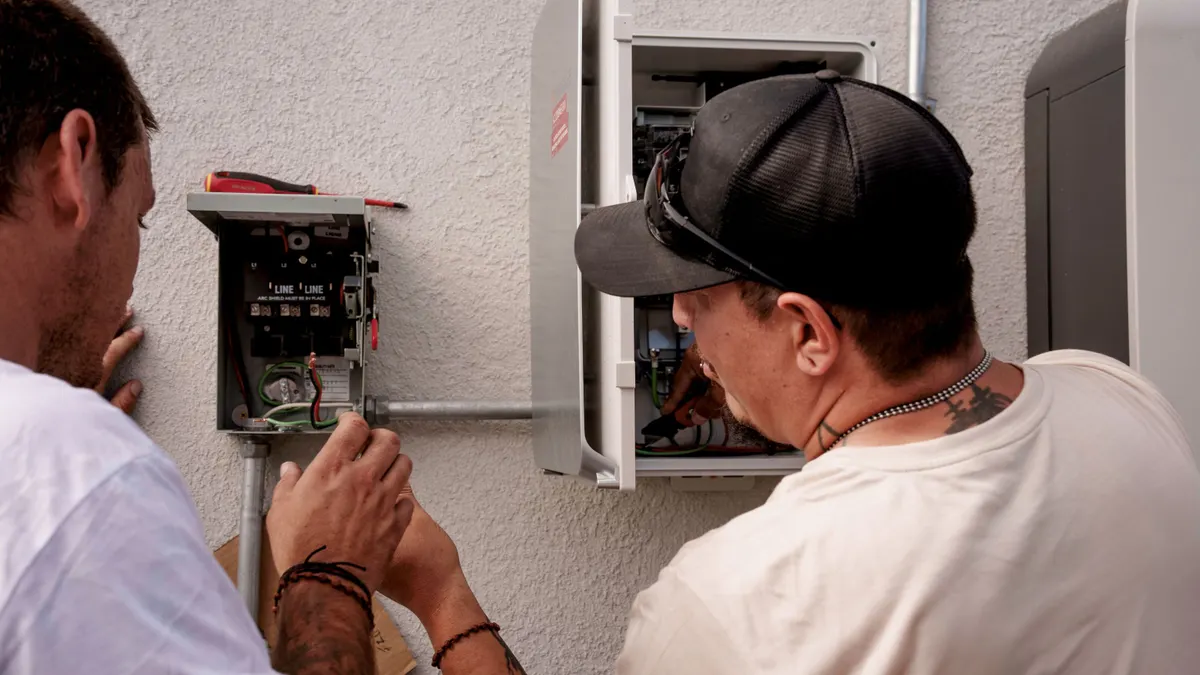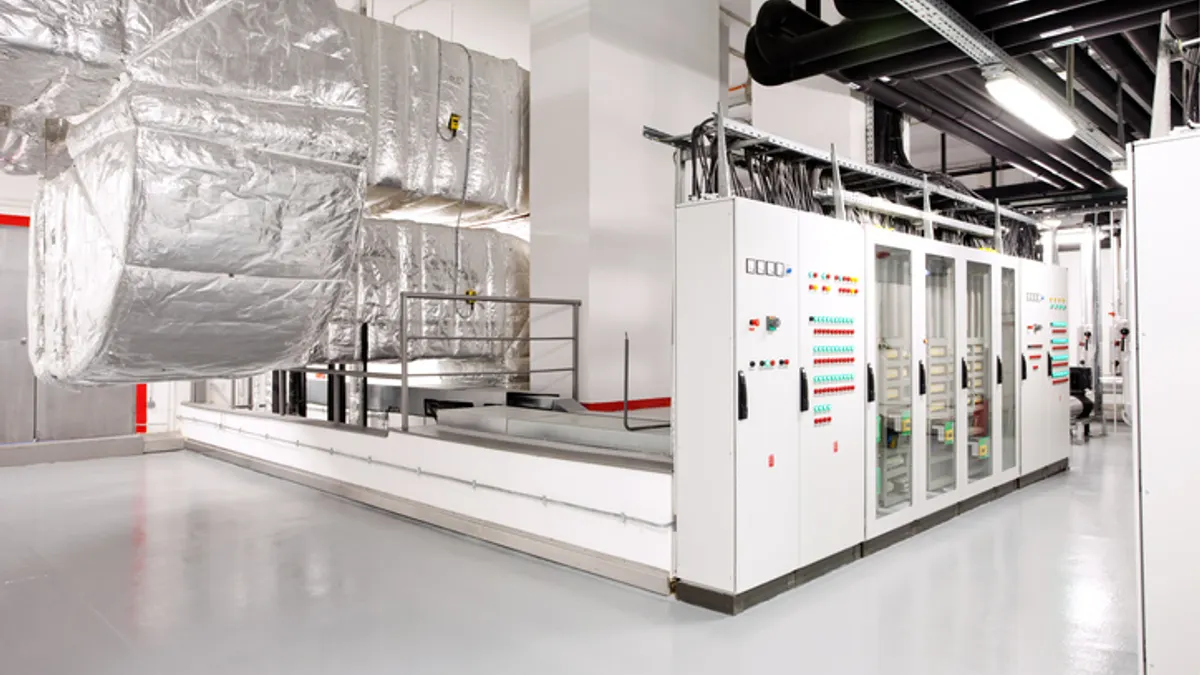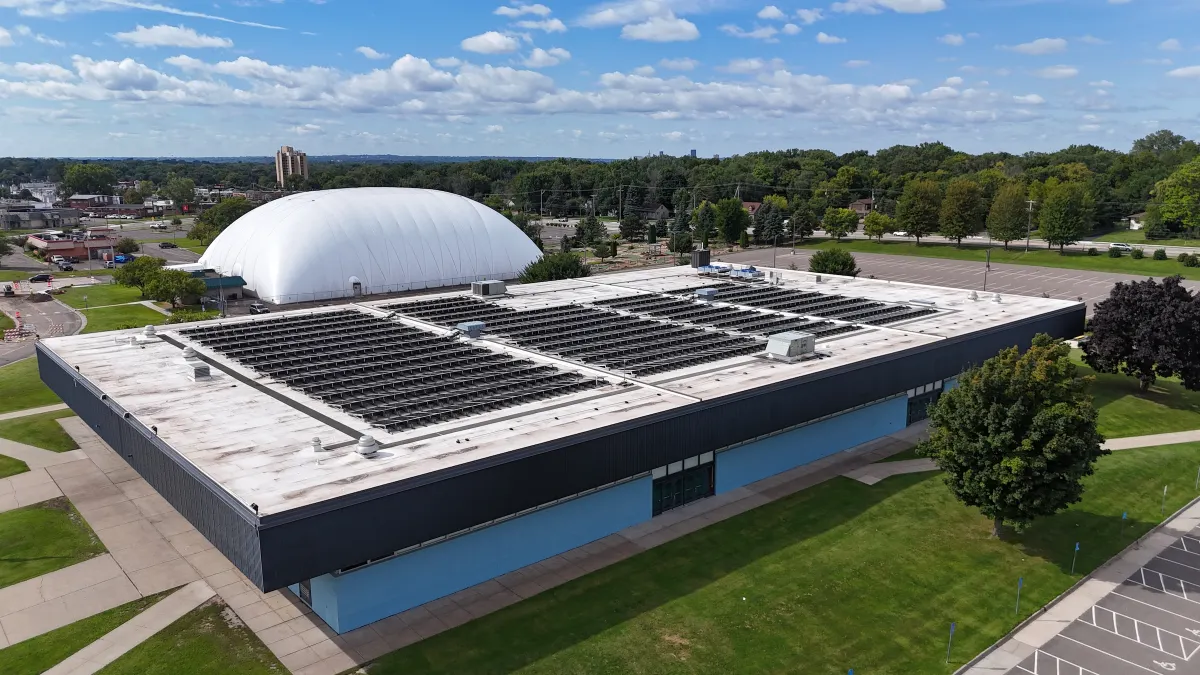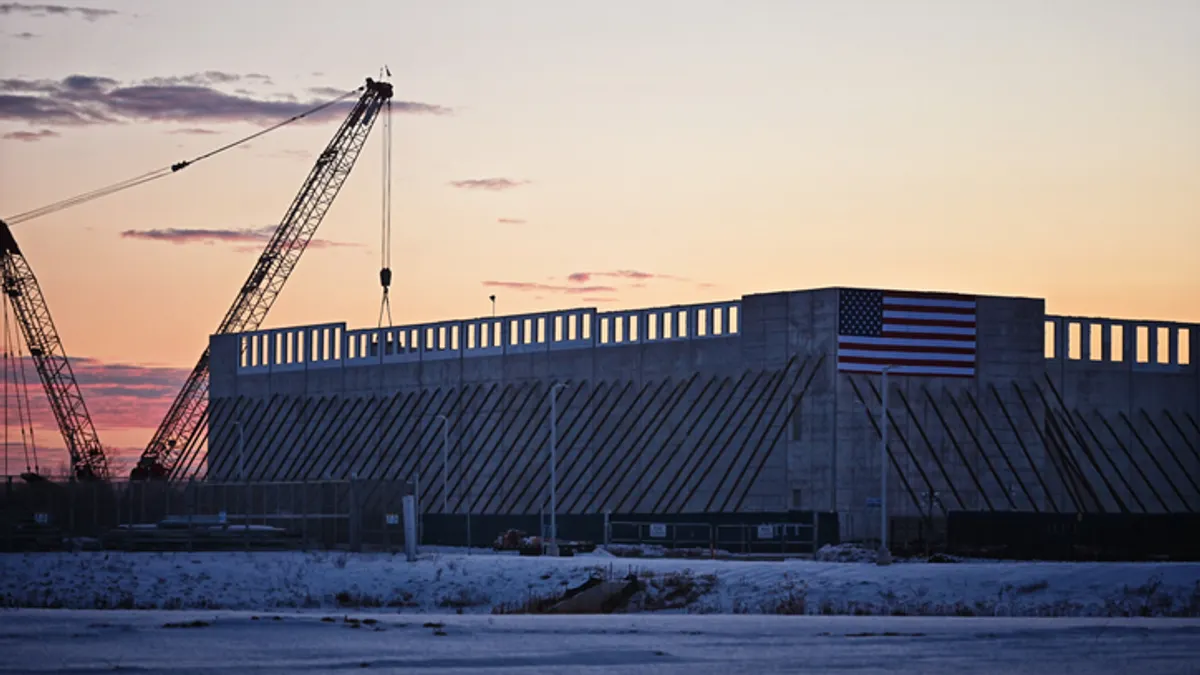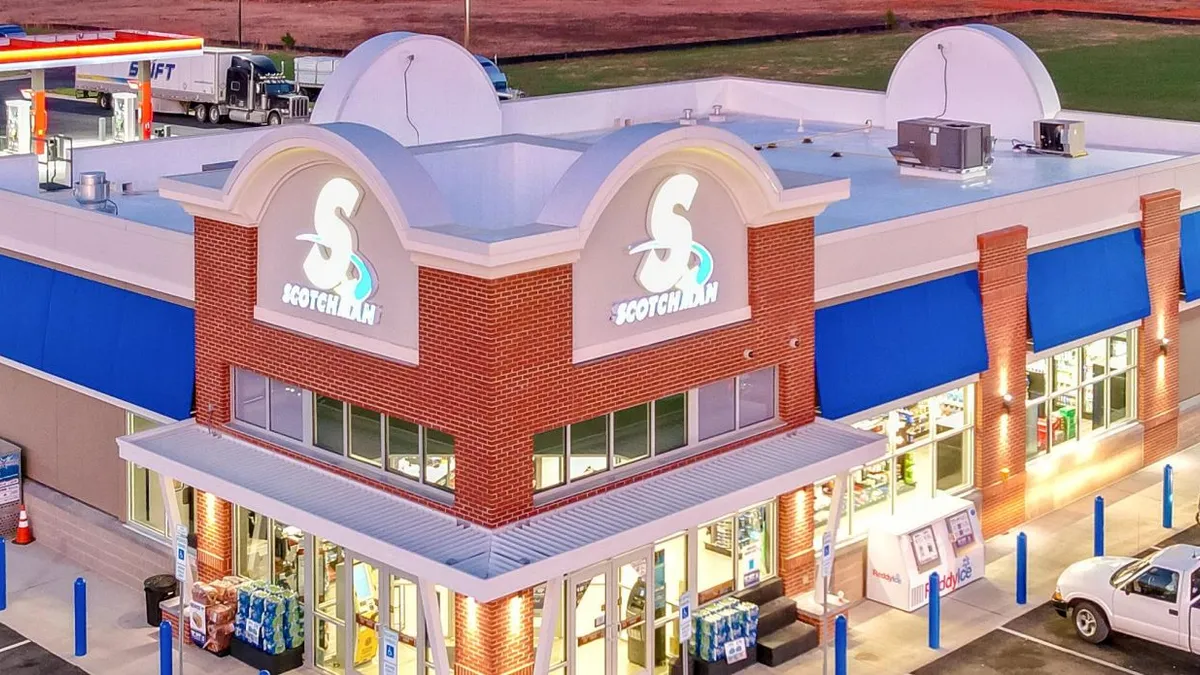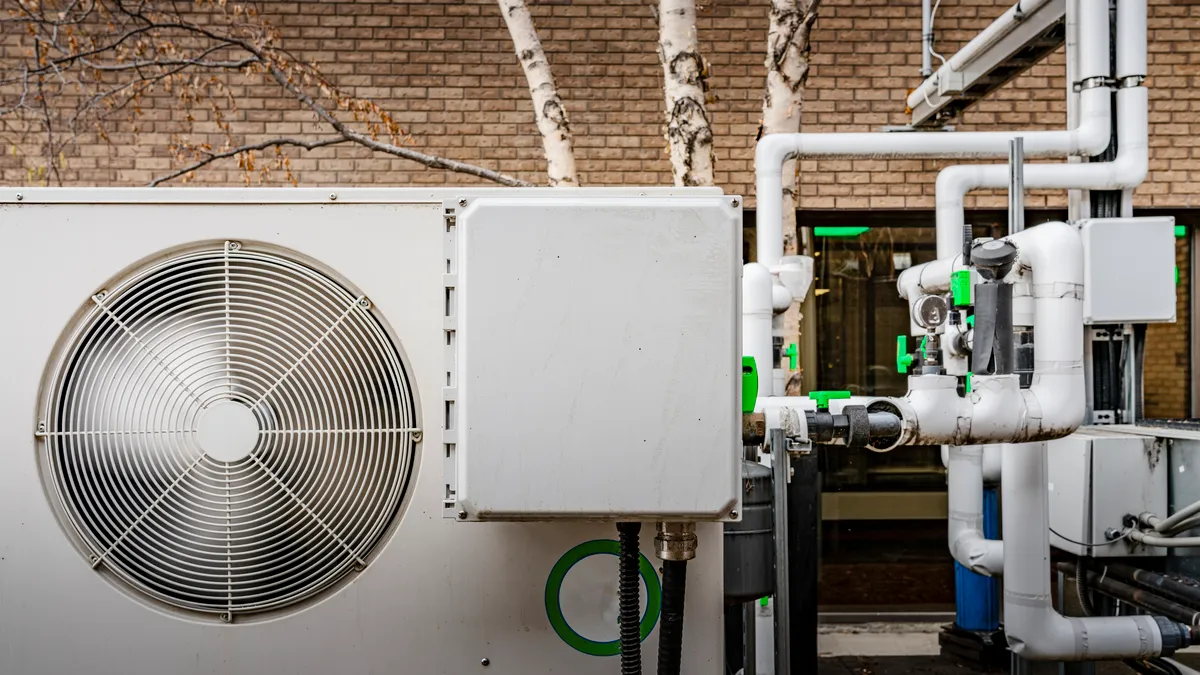Facility managers looking to finance energy efficiency projects may turn to energy savings performance contracts, offered by traditional energy service companies, or a newer option: agreements with energy-as-a-service firms.
The two models are similar but include differences that can help determine which is best for your facility or portfolio.
Energy-as-a-service
Energy savings performance contracts facilitate infrastructure improvements that pay for themselves over time, according to the U.S. Department of Energy. That can make facilities less vulnerable to budget impacts from utility rate hikes and extreme weather and enhance their ability to plan and budget, the agency says.
The energy service company will design, install and finance the energy-saving measures, according to Gary Williams, senior director of sustainability and energy solutions at ESFM, the facilities management division of Compass Group. “Usually in that type of system, [the ESCO will] guarantee the energy savings, and so the [money saved] is used to pay for the project cost and reduce the financial risk,” he said.
ESPCs tend to be well-suited for large projects in groups of buildings or campuses because these projects can support multiple types of efficiency measures under a single contract, according to a report by the DOE’s Better Buildings Coalition Financial Allies.
For example, Brockton, Massachusetts, is using a $7 million energy savings performance contract with Ameresco to implement comprehensive upgrades and preservation measures in a portfolio of historically significant buildings, the company announced in March.
In projects like this, the facilities outsource energy management to specialized providers. “So, the customer starts to write checks to me, not the utility,” Al Subbloie, CEO of energy-as-a-service company Budderfly, told Facilities Dive. The provider finances, installs and manages energy-saving measures. It recoups the cost of the upgrades by keeping a share of the savings the measures create, typically over a 10-year contract period.
Budderfly’s customers include large retail and foodservice chains like Craveworthy Brands and healthcare systems like UConn Health. For Craveworthy Brands, Budderfly is providing high-efficiency HVAC systems, LED light fixtures, refrigeration controls and water conservation systems it expects to provide value over a 10-year period, it said in April 2024.
Energy-as-a-service models like Budderfly’s can provide more flexibility for facility managers, according to ESFM’s Williams. These models are newer and feature less-standardized structures, with ongoing innovation in their design, according to BBCFA. While these agreements, like ESPCs, can support large, multisite, multimeasure projects, they can also be applied to smaller, targeted projects in individual buildings, its report says.
Energy performance contracts
In ESPCs, the building owner owns any equipment that’s installed as part of the project. The owner can choose to finance the installation through a separate third-party financier, “typically using a loan or capital lease structure,” BBCFA says. That means that the equipment will usually appear as an asset on the owner’s balance sheet while any financing appears as a liability. In the energy-as-a-service model, by contrast, the service provider purchases, installs and owns the equipment, meaning owners have no asset or liability added to their balance sheets.
“[Energy-as-a-service] definitely offers a more flexible approach because you can develop it further as you go along,” Williams said. “What's nice with that model is that [service provider] can outsource and subcontract other energy solution services from different companies, so you get the benefit of maybe utilizing more energy efficiency technologies that are available, versus [those offered by] the energy saving contract.”
Pete Christakis, president of the East USA and Greece regions and project risk for Ameresco, said in an interview that ESPCs also offer flexibility, however.
“We provide a service to our customers, not a particular product. That allows us to actually pick the best possible solution. It doesn't have to be a specific manufacturer,” Christakis said. “Some customers may have facilities that have a certain [particular] product. And then they get the benefit of us being able to install that same product versus a standard design, building-type arrangement, where someone would actually possibly install something different.”
A key difference between these models is that energy-as-a-service is a pay-for-performance structure: Customers directly purchase realized, measured energy savings through defined service payments using a fixed rate, such as dollars per kilowatt-hour saved, per the BBCFA’s report. Under an ESPC, customers pay for contracted services such as measurement and verification, maintenance and repair. If the energy efficiency installation is financed, the customer will make fixed financing payments to lenders as well, regardless of savings performance, BBCFA says.
The right approach for any given building or company’s energy efficiency needs will depend on factors including the size, scope and sector of the project, these experts say.
“It's actually pretty simple. [We look at] vintage of building, square footage, utility costs and any capital projects they may have done recently,” Christakis said. “From there, we can really do some back of the envelope [math] pretty quickly to come up with what type of opportunity exists.”




